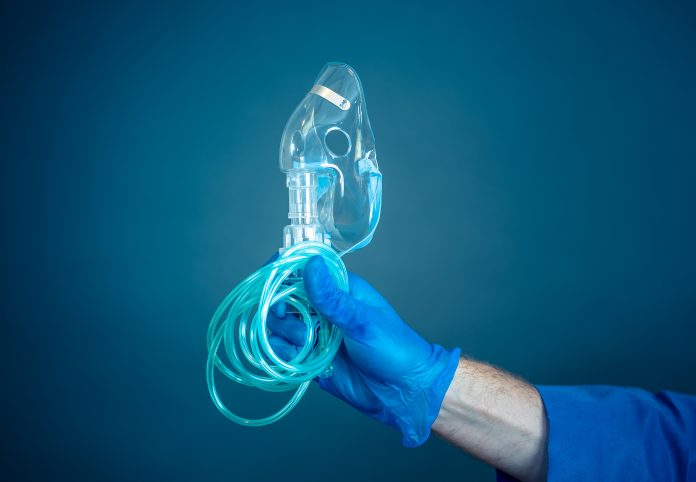An algorithm can predict the severity of COVID patients’ illnesses depending on how many of them will be highly likely or unlikely to need intensive care or ventilation
As hospitals and healthcare workers across the world still bear the burden of intense COVID pandemic pressure, this new algorithm will help alleviate pressure off hospitals when confronted by new waves of COVID-19 patients.
Researchers from the University of Copenhagen, and numerous other universities, have developed an algorithm to predict the severity of COVID patients’ illnesses as well as predict how many patients, within a one-to-fifteen day time frame, will need intensive care.
This care could come in the form of ventilators or constant monitoring by nurses and doctors, for instance, and is set to accommodate for healthcare workers when it comes to prioritising caregivers and ventilators in individual hospitals.
“The innovation could save lives”
Focusing on the allocation of staff across the hospitals across Europe, such as in Denmark, the algorithm uses individual patient data from Sundhedsplatform – the National Health Platform – withholding information about a patient’s gender, age, medication needs, BMI, whether they smoke or not, blood pressure and more.
Along with researchers at the University of Copenhagen and Rigshospitalet and Bispebjerg Hospital, Stephen Lorenzen, a postdoc at the University of Copenhagen’s Department of Computer Science, developed the new algorithm based on health data from over 40,000 Danish patients with COVID-19 between March 2020 and May 2021.
Stephan Lorenzen said: “If we can see that we’ll have capacity issues five days out because too many beds are taken at Rigshospitalet, for example, we can plan better and divert patients to hospitals with more space and staffing. As such, our algorithm has the potential save lives.”
The algorithm has 90% accuracy when predicting the number of intensive care patients
Researchers had formerly used regression models to predict COVID-related hospital admissions, but these models did not account for individual disease histories, age, gender and other factors.
What distinguishes the new algorithm from others is that existing models can only predict a day in advance. While not considering the gender, age and medical history of individuals, they look at the number of hospitalized COVID patients in need of intensive care on any given day.
Lorenzen elaborated: “For example, typical models cannot distinguish between younger or older people. Whether there are five people who are 80-years-old or more hospitalized, or five 25-year-old patients, has a major impact on the prediction in relation to what the probability of hospitalization is. Our new algorithm accounts for this.”
This newer algorithm delivers extremely accurate predictions for the likely number of intensive care patients for up to 10 days.
Ready to be employed in Danish hospitals, the researchers will begin negotiations with relevant health professionals across Europe.
Lorenzen added: “Our algorithm is based on more detailed data than other models. This means that we can predict the number of patients who will be admitted to intensive care units or who need a ventilator within five days with over 90% accuracy.
“We make better predictions than comparable models because we are able to more accurately map the potential need for ventilators and 24-hour intensive care for up to ten days. Precision decreases slightly beyond that, similar to that of the existing algorithmic models used to predict the course of illness in Covid cases.
“We have shown that data can be used for so incredibly much. And, that we in Denmark, are lucky to have so much health information to draw from. Hopefully, our new algorithm can help our hospitals avoid Covid overload when a new wave of the illness hits.”
As the pandemic hits areas in waves – creating a decline during the summertime where resources could be partly redirected towards other tasks – this algorithm will assist hospital planners predict the amount of space and equipment needed to help patients for over a week ahead of time.











